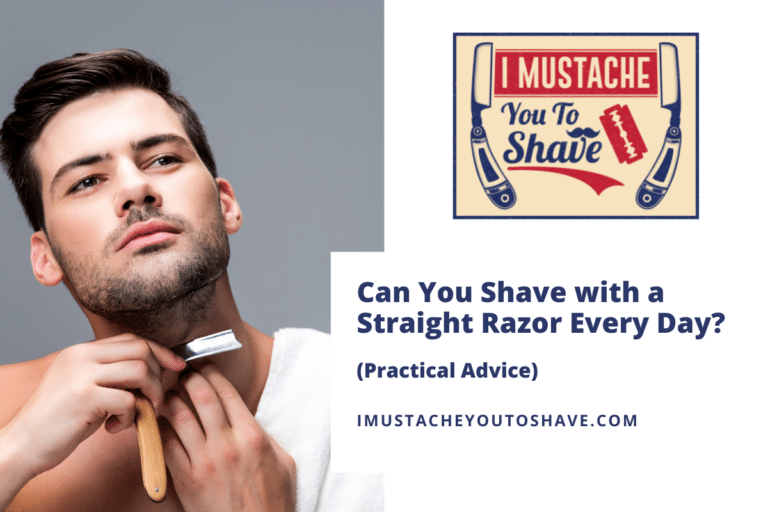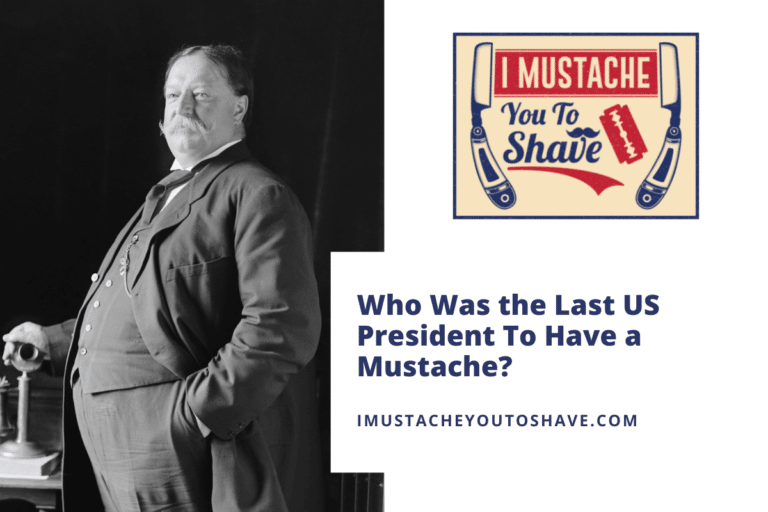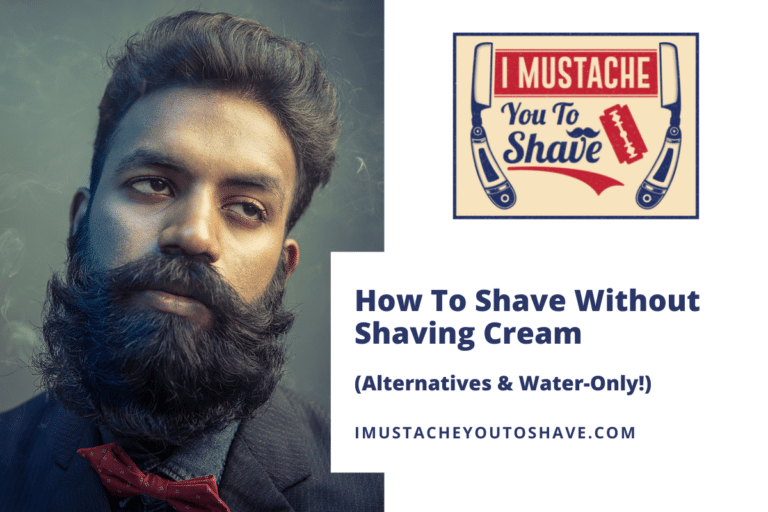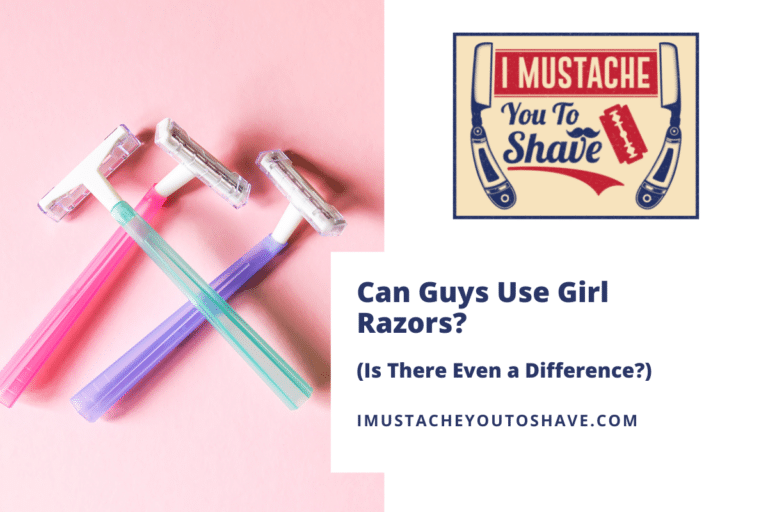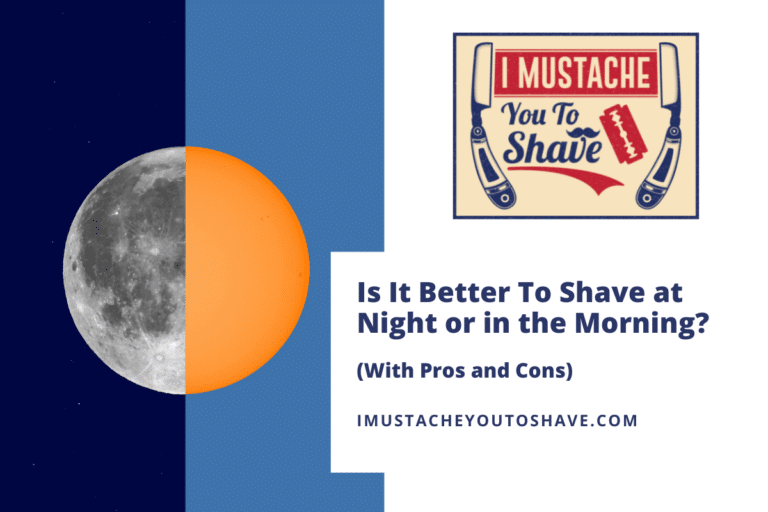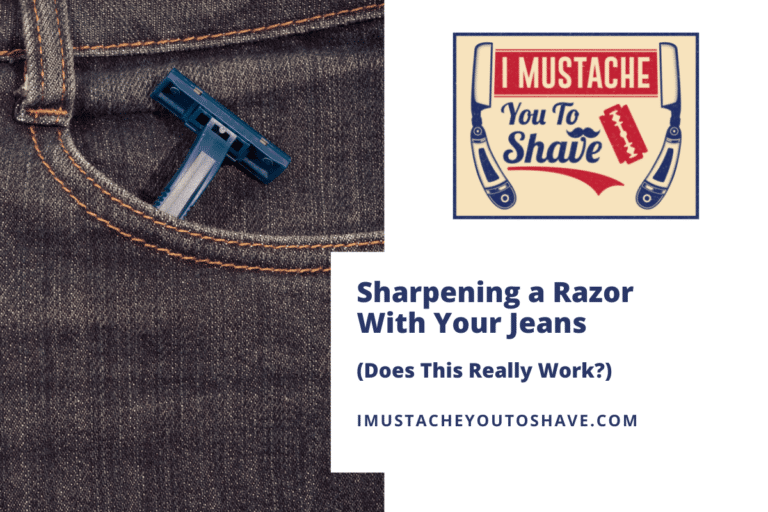How Long Do Shaving Bumps Last: Duration and Treatment Insights
Shaving bumps, also known as pseudofolliculitis barbae, are a common annoyance for men who shave their beards. These small, inflamed bumps can occur when coarse hair curls back into the skin, causing irritation. If you have sensitive skin or particularly coarse hair, you may find that these bumps are a recurring issue after shaving.
To manage shaving bumps effectively, it is essential to understand the duration of these irritations and implement proper treatment methods. Typically, shaving bumps can last anywhere from a few days to a few weeks, depending on your skin type and the treatment approach.
Adopting the right shaving techniques and aftercare can help reduce the occurrence of shaving bumps. Using a clean, sharp razor, shaving in the direction of hair growth, and applying soothing products like aloe vera or salicylic acid treatments are among the strategies that can help. For persistent or severe cases, it may be beneficial to consult a dermatologist for professional advice and tailored treatment options.
Causes of Shaving Bumps
Understanding why shaving bumps occur is crucial to preventing them. These irritations primarily stem from factors related to razor usage, hair type, and the way hair grows back after shaving.
Razor Usage and Techniques
Using improper techniques can prompt razor bumps, which are closely related to ingrown hairs. Ensure you’re using a sharp, clean razor and apply gentle pressure. Shaving with a dull blade or with excessive force can irritate the hair follicle and skin, leading to bumps. It’s also important to shave in the direction of hair growth to minimize the risks.
Do:
- Use a sharp razor
- Shave with the grain
- Clean razor after use
Don’t:
- Use old or dull blades
- Shave against hair growth
- Apply too much pressure
Hair Type and Growth Pattern
Those with curly hair or coarse hair types are more susceptible to razor bumps due to the tendency of the hair to curl back into the skin, especially if shaved too close. The hair growth pattern can cause hair tips to re-enter the skin, creating ingrown hairs. Regular exfoliation helps to remove dead skin cells and can reduce the likelihood of hair growing back into the skin.
- For Curly/Coarse Hair:
- Exfoliate before shaving
- Avoid close shaves
- Be extra cautious with shaving technique
Recognizing the Symptoms of Shaving Bumps
When dealing with shaving bumps, it’s vital to identify what you’re experiencing. These bumps can be not only uncomfortable but also a sign of improper shaving technique or tools.
Typical Manifestations of Shaving Bumps
Inflammation and ingrown hairs are the primary symptoms of razor bumps. After shaving, you might notice small, red bumps that feel tender to the touch. These bumps are essentially hairs that have re-entered the skin, causing a localized inflammatory response. The area may become itchy or painful, and in some cases, the bumps might form pustules resembling acne.
- Symptoms include:
- Inflammation
- Red or skin-colored bumps
- Itchiness
- Pustules
Associated Skin Conditions with Shaving Bumps
In some instances, shaving bumps can progress to infected and more severely inflamed conditions. Infected bumps are usually larger in size, painful, and may contain pus. It’s crucial to monitor the affected area for signs of infection such as increased redness, swelling, or a sensation of warmth. If you’ve developed an infection, consider consulting a healthcare professional for appropriate treatment.
- Signs of worsening conditions:
- Significantly painful bumps
- Persistent inflammation
- Increased size of bumps
- Presence of pus
To summarize, keep an eye out for any changes to your skin after shaving, especially if you’re experiencing discomfort or see visible signs of irritation. Identifying these symptoms early can help you take steps to prevent further irritation or infection.
Effective Treatment Options for Shaving Bumps
When tackling razor bumps, you’ll want to consider two main avenues of treatment: at-home medications and topical applications, and professional treatments recommended or performed by a dermatologist. Each method offers relief and helps to improve the condition of your skin after shaving.
Medications and Topicals
To treat razor bumps effectively, you might explore over-the-counter options or prescribed medications. Here are some common treatments:
- Benzoyl peroxide: Aids in killing bacteria and can help to reduce inflammation.
- Retinoid: Helps exfoliate the skin, prevents hair follicles from clogging, and promotes quicker healing.
- Salicylic acid: Acts as a peeling agent, softening the top layer of the skin and easing the release of ingrown hairs.
- Hydrocortisone cream: Can be applied to ease itching and reduce swelling.
Antibiotics: If your razor bumps have led to an infection, consult with your doctor, who may prescribe an antibiotic treatment.
Table: Common Topical Treatments for Razor Bumps
| Treatment | Purpose | How to Use |
|---|---|---|
| Benzoyl Peroxide | Reduces inflammation and kills bacteria | Apply once or twice daily |
| Retinoid | Exfoliates and promotes healing | Use as prescribed by a doctor |
| Salicylic Acid | Softens top layer of skin | Apply to affected area |
| Hydrocortisone Cream | Eases itching and reduces swelling | Apply a thin layer to bumps |
Professional Treatments
If at-home treatments are not providing the results you’re looking for, a dermatologist can offer professional interventions such as:
- Laser hair removal: A more permanent solution that can dramatically reduce the occurrence of razor bumps by destroying hair at the root.
- Cortisone injections: Administered by a dermatologist to instantly reduce inflammation and soothe severe razor bumps.
It’s important to follow any professional advice regarding treatment frequency and aftercare to ensure the best results for your skin.
Prevention and Maintenance of Shaving Bumps
Effective prevention and maintenance strategies are essential to minimize the occurrence of shaving bumps. Adopting a proper shaving routine and taking care of your skin can significantly reduce these irritations.
Daily Shaving Practices
When you shave daily, it’s vital to establish a routine that reduces the risk of shaving bumps. Use a fresh new razor or ensure that your electric razor is clean before each shave. Always wash your face thoroughly with a gentle cleanser to remove debris. Apply a shaving cream suitable for sensitive skin to help the razor glide smoothly. Shave in the direction of hair growth to avoid ingrown hairs. After shaving, apply an alcohol-free aftershave to soothe the skin.
- Shaving Tips:
- New Razor: Replace after 5-7 uses or when blades become dull.
- Shaving Direction: Always with the grain.
- Shaving Frequency: Ideal to shave every 2-3 days to lessen hair curling back into the skin.
Skin Care Tips
Maintaining your skin involves more than just regular shaving. Exfoliate gently a few times a week to remove dead skin cells and help prevent hairs from becoming ingrown. Apply a fragrance-free moisturizer daily to keep your skin hydrated. For additional care, products containing glycolic acid can promote exfoliation and skin renewal. If shaving bumps are persistent, consider taking a break from shaving to allow your skin to recover.
- Skin Maintenance:
- Exfoliate: 2-3 times weekly with a mild exfoliant.
- Moisturize: Apply daily, especially after shaving.
- Glycolic Acid: Use to assist in preventing ingrown hairs and soothing the skin.


